A next generation of the nineteenth-century company has arrived in the form of mega-companies in need of labor, land and natural resources who have the power to alter the economies, urban landscapes and infrastructures of the cities and regions where they locate. Recently, Ford in Tennessee, Facebook in California and Tesla in Texas have established themselves in mid-size cities – or built their own. In our region, first Amazon – now Micron – are corporations whose impact will far exceed that of their nineteenth- century precursors such as Corning and Cohoes, NY, near Albany.
State and local government welcome large companies, and even compete for the investment and promised jobs, economic windfall, and population growth they can bring. Our municipalities offer tax forgiveness, zoning exemption, property, additional infrastructure, and cultural amenities in hope of long-term benefit. Yet to reap those gains requires comprehensive long-term planning that is difficult for governments to frame and implement in the context of free-market capitalism. We trust that the private sector will meet housing demand without due consideration of potential unintended consequences, but unregulated development, unsustainable sprawl, environmental impact, stress on existing physical and social infrastructures, and the consequent demise of regional character are at stake.
How will municipalities plan for growth and shape their goals in the context of this plan? How should local and state governments support and coordinate their visions? As Micron plans its new investment in Onondaga County, what are its responsibilities to surrounding towns and their inevitable growth? What do we need to ask of arriving corporations and of governments to assure that the promise of the Good Company is fulfilled?
Support: “Good Company: Micron and the Shape of Growth” is supported by a Syracuse University ‘CUSE grant; the Campbell Public Affairs Institute, the Maxwell School of Citizenship and Public Affairs, Syracuse University; the School of Architecture, Syracuse University; the office of NYS Assemblyman Al Stirpe; and the Cicero Firehouse.
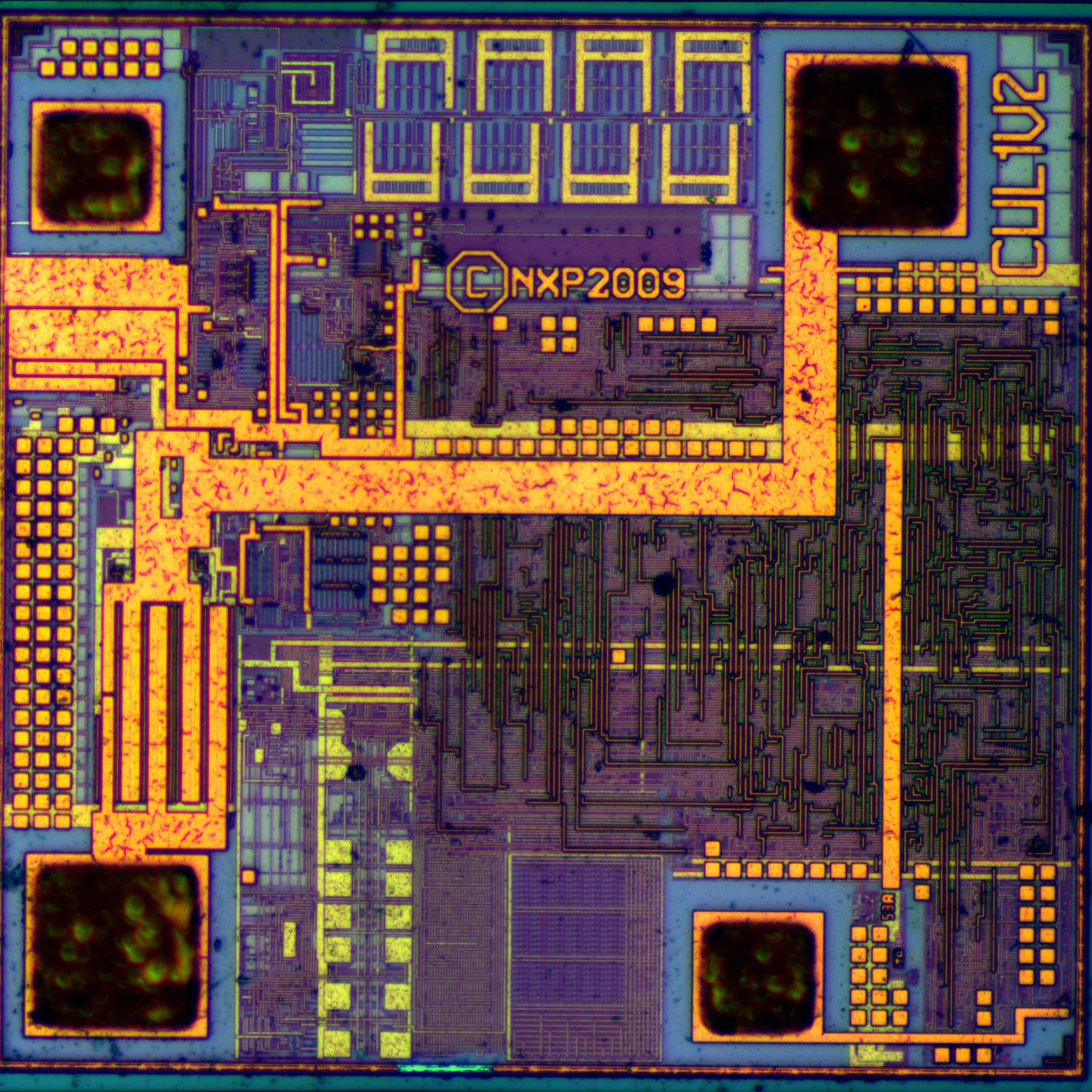
“A Blueprint for Re-renewal” focuses on the human costs of urban renewal. In the late 1930s, leafy-green residential streets in Syracuse, New York, the neighborhood just to the south of the now infamous 15th Ward, was razed to make room for public housing intended mostly for white families. In the late 1960s, the actual 15th Ward, a thriving, predominantly Black and Jewish community of local businesses and small-scale residential fabric, was demolished to make room for elevated highway I-81. Current plans are to demolish Pioneer Homes, one of the oldest public housing developments in the state (and in the U.S.) and at least two other public housing neighborhoods, and to replace them with a “mixed-income” development. The renewal plan is supported by the Syracuse Housing Authority and the City of Syracuse with backing from the Allyn Family Foundation, a private family philanthropy, and Purpose Built Communities, an organization that is supported by one of the wealthiest men in the world. “A Blueprint for Re-renewal” asks questions about the goals of contemporary urban renewal efforts, who renewal is actually for, who will benefit, and who is part of the conversation to protect the social networks and rich culture of several public housing neighborhoods.
A “Blueprint for Re-renewal” premiered in April, 2023 at the Dunbar Center, Syracuse, NY. Many thanks and much gratitude are due to the Dunbar Center for their support of City Scripts, the filmmakers and the community they serve.
The mission of the Dunbar Association, Inc. is to enhance the quality of life, break the cycle of generational poverty, and develop racial equality in the community (https://www.syracusedunbarcenter.org/).
Filmmakers:
- Maggie Sardino, Writer
- Mehak Saroha, Editor
Featuring:
- Reverend H. Bernard Alex, Bishop & Senior Pastor, Victory Temple Fellowship Church
- Madeleine Hamlin, Ph. D., Maxwell School of Citizenship and Public Affairs, Syracuse University
- Vincent Love, Center for Community Alternatives
- Asst. Prof. Patrick Oberle, Ph.D., Dept. of Geography, Sacramento State
- Dana Olesch, Ph.D. candidate, Dept. of Anthropology, Maxwell School of Citizenship and Public Affairs, Syracuse University
- Prof. Lawrence Vale, Associate Dean, School of Architecture and Planning, MIT
“A Blueprint for Re-Renewal” is a production of City Scripts
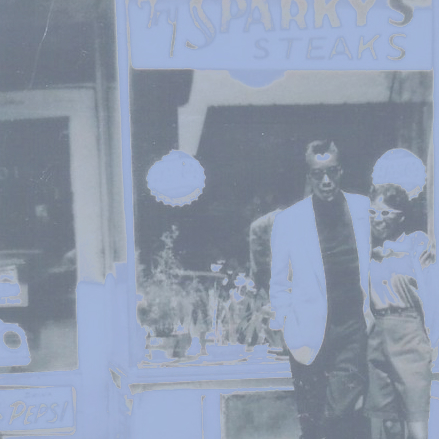
The Campbell Conversations on WRVO Public Media has been running a series of programs on the I-81 project and the redevelopment of the area underneath and around it, including the Blueprint 15 plan. Below are links to those programs with a brief description of each episode and guest. Every week, Grant Reeher, Director of the Campbell Public Affairs Institute at Syracuse University, leads a conversation with a notable guest. Guests include people from Central New York – writers, politicians, activists, public officials, business professionals whose work affects the public life of the community – as well as nationally prominent figures visiting the region to talk about their work. The Campbell Conversations are longer interviews that encourage the character of the interviewee to be revealed. This allows one to not only learn about the issue being discussed but also about the person. Grant attempts to go beyond the usual press conference questions and sound bites. WRVO Public Media is the largest NPR affiliate in Central New York, with a listening area reaching 22 counties and southern Ontario. City Scripts is grateful to the Campbell Institute to be able to air the collected series of conversations on Interstate-81.
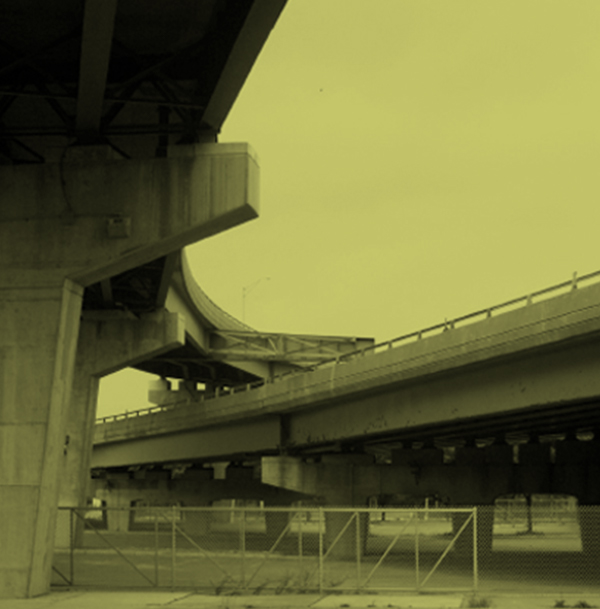
Small Talks is a virtual conversation among community members, policy-makers, planners, developers, and academics about housing issues in Syracuse. It is a community discussion that gives voice to those who are most affected by proposed changes in the city. Hear your neighbors, members of the Syracuse community, planners, and others, and talk to them! Everyone has the freedom and opportunity to express their views.
We encourage all to participate in this important discussion. We look forward to hearing from you and learning what you have to say about the future of your neighborhood. To schedule a recording and interview and to ask questions about the project, please contact Madeleine Hamlin at mrhamlin@syr.edu.

The replacement of the I-81 viaduct in Syracuse provides new housing and economic development opportunities in neighborhoods adjacent to the highway. Charting Renewal will focus on urban and architectural design as they relate to issues of social and economic justice. Among the critical questions that will be addressed: What makes a good community? What is the relationship between public space and private development? How does good design contribute to the success of neighborhoods and the people who live there? What can we learn from successful housing models elsewhere?
This is the first of three planned events addressing housing issues in Syracuse and will provide an opportunity for citizens to question experts whose experience and knowledge are shaped by the kinds of challenges facing Syracuse and other comparable cities in the U.S.
Participants
Lanessa Chaplin
Esq., Project Counsel for the New York Civil Liberties Union
Lawrence Vale
Associate Dean and Ford Professor of Urban Design and Planning, MIT
Lizabeth Cohen
Howard Mumford Jones Professor of American Studies, Dept. of History, Harvard University
John Washington
Home Guarantee, People’s Action, Buffalo
Moderator
Devon Patton
Anchor, Spectrum News
Space is limited. To gain access to the event weblink, please register following the link above.
Supported by The Kresge Foundation, American Cities Program, a Syracuse University ’Cuse Grant, the Maxwell School of Citizenship and Public Affairs, the School of Architecture, Syracuse University, and City Scripts.
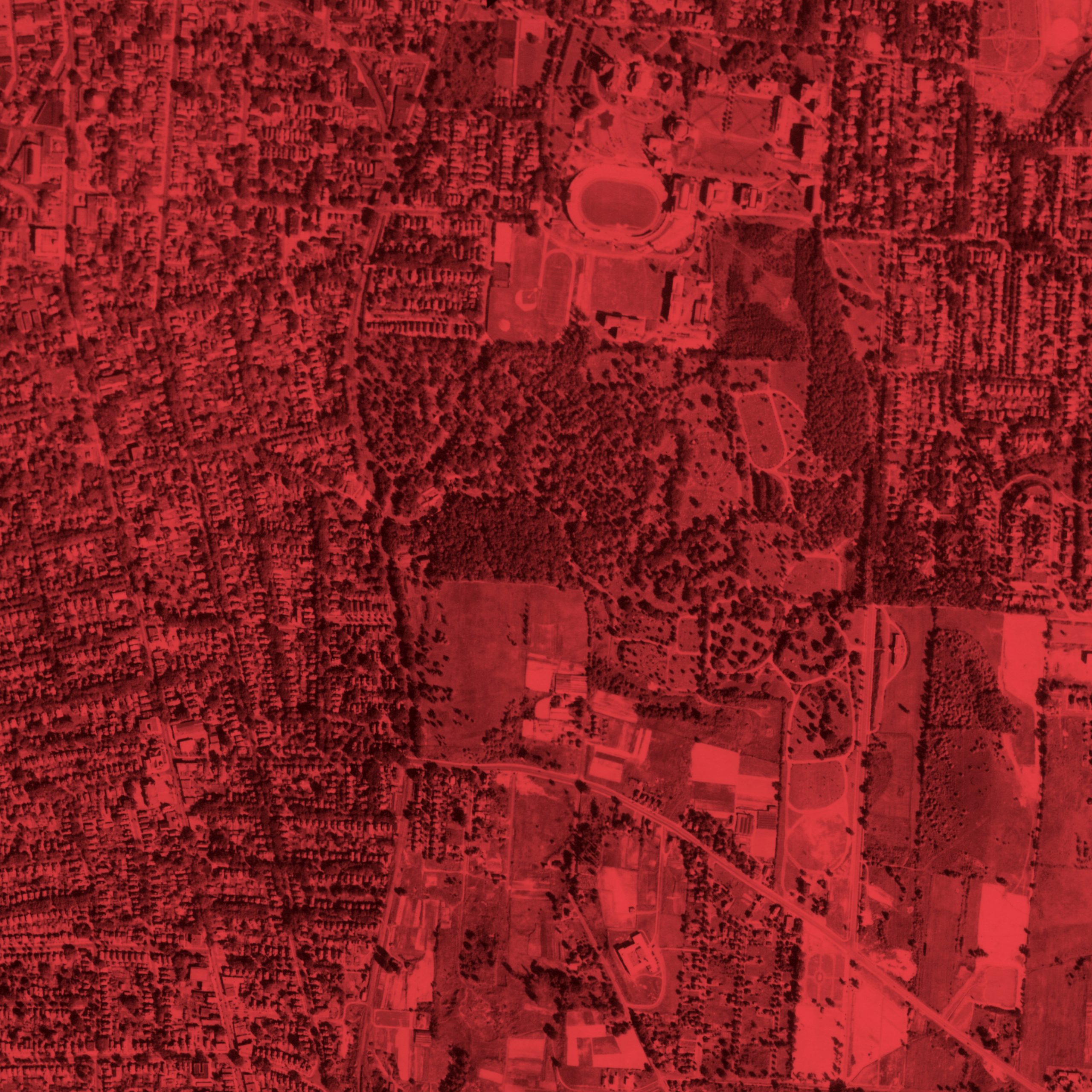
Stretchy Cities discusses regional urban government and a “stretched” urban landscape. The symposium examines the intersections of public policy, economics, and extended spatial networks. Experts, local officials, and the audience consider the most pressing governance issues involved in increasingly complex and varied metropolitan regions, the government’s impact on the built environment, and the challenges and merits of the preservation of classic urban cores as new regional urban realities emerge. The symposium addresses governance and planning in Syracuse as an example of cities across North America with similar urban histories and public policy questions, where the extended metro area is increasingly complex and varied. The value of local control that is strategic, though redundant (and competitive), is weighed against the efficiencies and equities of a regional political structure and a unified and urban landscape serving diverse constituencies.

Future Infrastructures: The Over and Under of I-81, addresses a problem faced by many cities across the globe; highways erected in the nineteen fifties and sixties that cut through urban centers in the name of “urban renewal,” economic development, efficiency. Though much was expected from new infrastructure, the results of ill-conceived planning efforts had long-term effects on both the form, economy, and social and political fabric of cities and affected diverse populations unequally. Many urban highways of the era created geographic, social, and cultural division. Their contemporary value is contested. Like many American cities laced with rotting highway infrastructure, Syracuse, NY, is debating its infrastructural future. Alternatives include rebuilding crumbling roadways, re-routing highways, and tunneling below grade. Speakers address the issue from both an urban design and policy perspective and provide examples of how cities have transformed highway infrastructure to create recreational space and connectivity. At stake in demolition and rebuilding or repair, is urban continuity, social reconstruction, land ownership and development rights, and economic benefit.
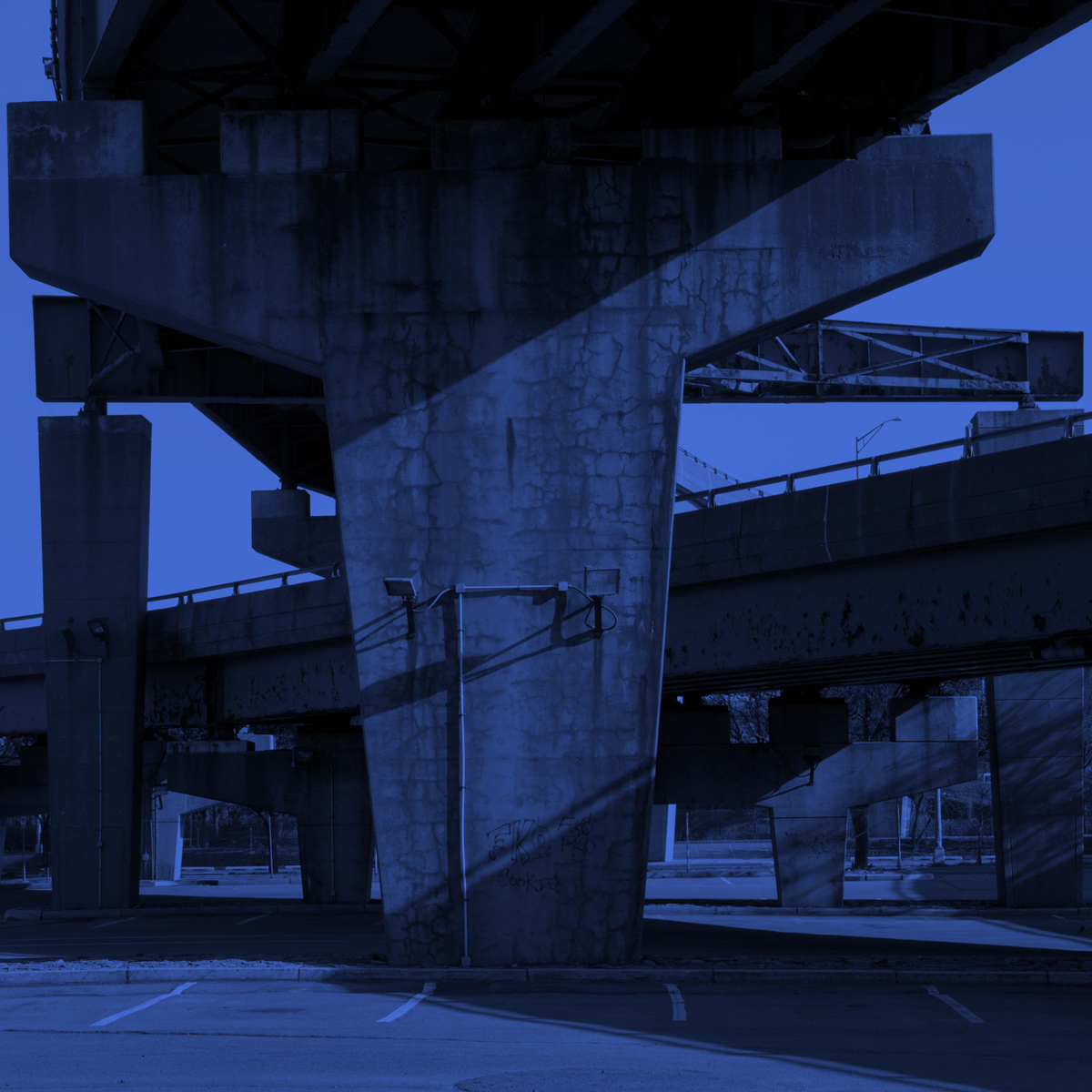
No issue defines the challenges faced by Los Angeles, and indeed cities across North America, more than housing. Density; L.A. explores the complex issues surrounding the city’s density and growing housing crisis. Issues of environmental sustainability, affordable housing, quality of life, and demographic change have always put pressure on our built environments. In the case of Los Angeles, increased immigration and the rapid change in social and cultural composition of the city is changing culturally grounded spatial practices of the American suburb. Speakers address hotly debated proposals to up-zone the typical L.A., single-family detached house landscape that allows for additional density, increased allowance for use, and apartment buildings.
Los Angeles is a city in the midst of a rapid urban transformation that challenges its twentieth-century identity as a suburban paradise filled with consumptive diversions drenched in constant sunshine. It is a recognized irony that its scattered, civic form and space is the source of many of its key problems: pollution, automotive congestion, economic inequality, and social stress. Nonetheless, the relaxed urban personality of LA is identified, often by the same people who complain about the city’s woes, as its distinctive and desirable quality.
Between November 2016 and March 2017, two ballot initiatives, Prop JJJ and the Neighborhood Initiative Act, present to the voters of Los Angeles opposing options for future urban density. The battle between two urban visions for the second-largest city in the United States is emblematic of a larger worldwide discussion about the costs and benefits of urban and larger metropolitan density.
Issues of environmental sustainability, affordable housing, quality of life, and demographic change have always put transformative pressure on our built environments. In the case of Los Angeles, the last four decades have witnessed a growth in immigration and rapid change in the social and cultural makeup of a postwar, shared identity, built on Anglo-American, middle-class sprawl. A more recent influx of Hispanic and Asian populations to the exurban Los Angeles basin has brought changes in culturally grounded spatial practices. Independent of social background, the increased number of people living in the spread-out city has further increased ecologic degradation and, because of the diffuse nature of development, exacerbated economic inequity among increasingly isolated, resident groups.
In an effort to tackle the problem of the lack of affordable housing, as well as the corollary issues of traffic congestion and environmental quality, Prop JJJ, (sponsored by a coalition of labor unions, transit advocates, affordable housing proponents, and developers) addresses these issues by changing building and zoning regulations that, among many things, increase the urban density of Los Angeles. In socio-economic terms, the logic of Prop JJJ is that increased housing inventory, and resulting urban density, will result in decreased housing prices and a more affordable, equitable city. Coupled with improvements in mass transit, (also popular among LA residents), the argument for greater density translates as decreased automotive congestion and lower, regional pollution levels. Prop JJJ was passed by a 2 to 1 margin on November 8th, 2016.
The price paid to accomplish the principal aspirations of Prop JJJ is a striking change in the low-rise identity of Los Angeles. For many, this cost is too high and erodes exactly what is desirable and distinct about their city. The opponents of Prop JJJ also fear that the introduction of often subsidized, higher density, and lower-income housing developments will erode residential property values, much of its “suburban” character; low-slung houses in sylvan neighborhoods, now fifty to sixty years old. As a response to the threat posed by Prop JJJ, the grassroots Coalition to Preserve LA, successfully petitioned to put the “Neighborhood Integrity Act,” also known as “ Measure S,” before voters in March 2017. If successful, it will put the brakes on Prop JJJ by imposing a two-year moratorium on any construction that increases density; it also stops all changes to the current General Plan of Los Angeles.
The confrontation between supporters of Prop JJJ and The Neighborhood Integrity Act is representative of similar battles affecting many North American cities. It is a sharp example of a ubiquitous, far-reaching conflict between competing visions of America’s urban future. For better or worse, the popularity of the American suburb is being challenged by the reality of increased population and changing cultural values, driven in large part by a shift in demographics, often related economic inequity, and increased environmental stress.
Do we change our center cities to meet these challenges by designing socially equitable and ecologically sensible urban density, or do we adapt our very popular, arguably iconic, existing lower density environments in ways that are more environmentally friendly, economically accessible, and culturally adaptable? Is there a hybrid middle ground? This is the principal question of Symposia 3_Through Thick and Thin: Los Angeles, a series sponsored by Syracuse University’s School of Architecture.
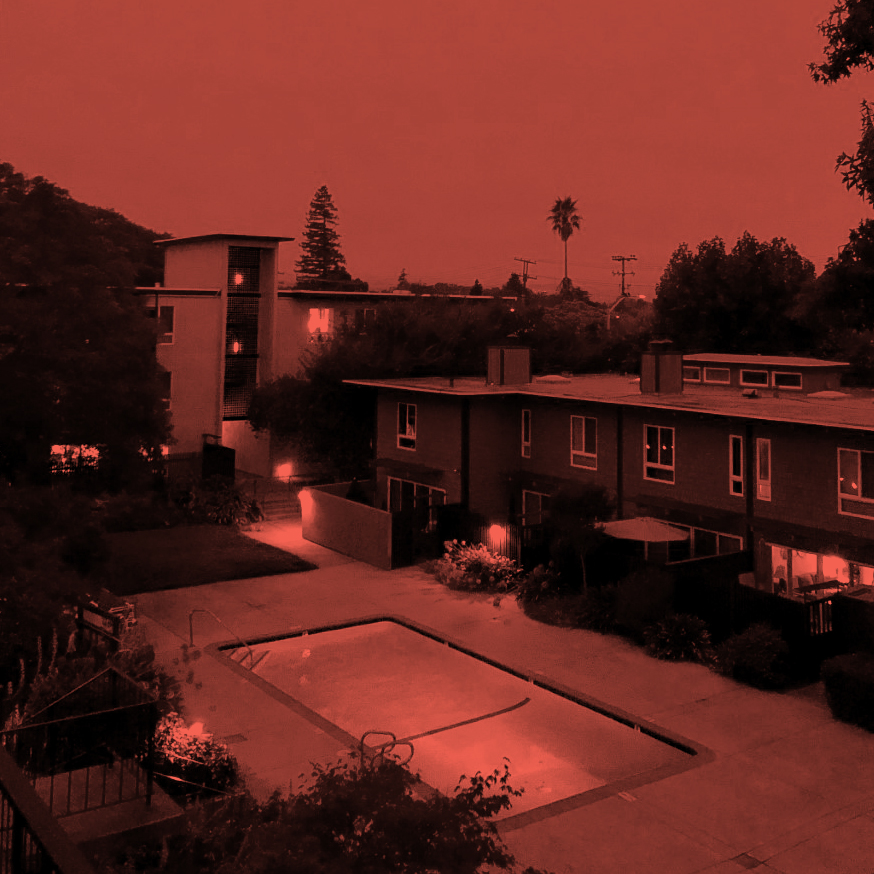
All urbanized, twenty-first-century settlements will in some way be affected by the shifting pieces of a complicated equation of factors that include resource consumption, environmental performance and unpredictability, economic opportunity, social integration and cultural shift, mass migration, and the balance and ambition of political regimes. These pervasive and perpetual forces have always changed the way we imagine and project urban environments. The combined pressures of global population explosion, measurable and alarming ecological stress and related urbanization, as well as projected food and clean water shortages, force questions about settlement optimization. These strains suggest that those who make policy and design future environments must develop a complex, qualitative understanding of density and how it affects the arrangement of cities. The response pairs measurable data against more culturally driven and fluid aspirations of identity and lifestyle. This symposium discusses the current and near-future status of the fundamental quality of built environments.
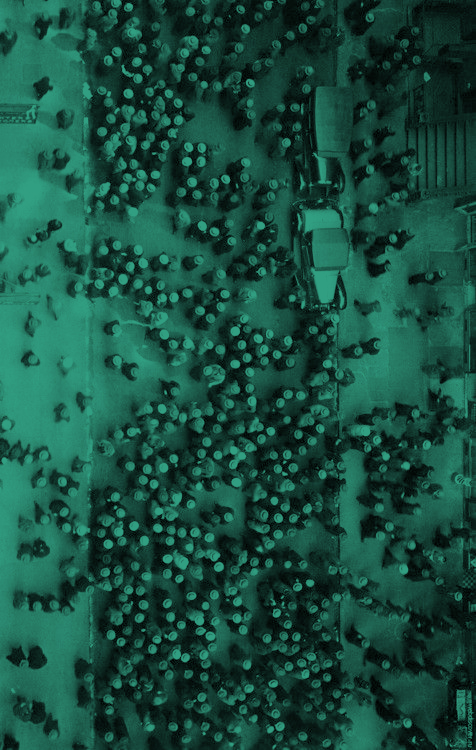
Archive
This living collection of City Scripts material, conversations, interviews, symposia and articles in video and hard copy formats is catalogued by event in “books” on the shelf. Subject material associated with each book is located inside. Click on the book or the contents item below to open it.
The topics on display are: